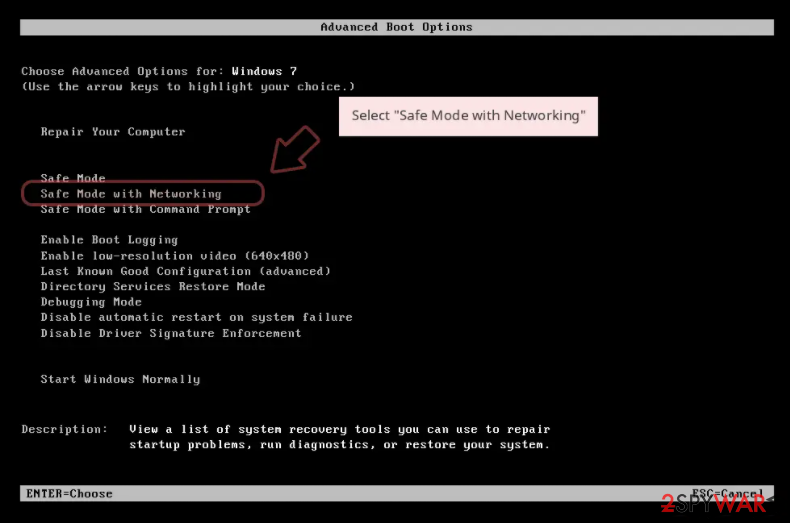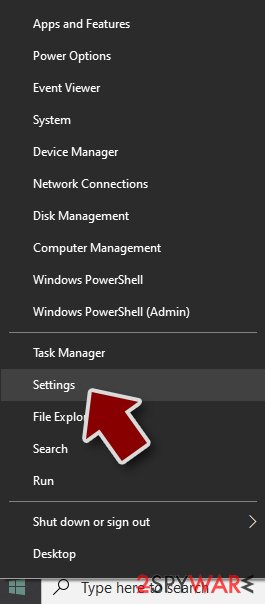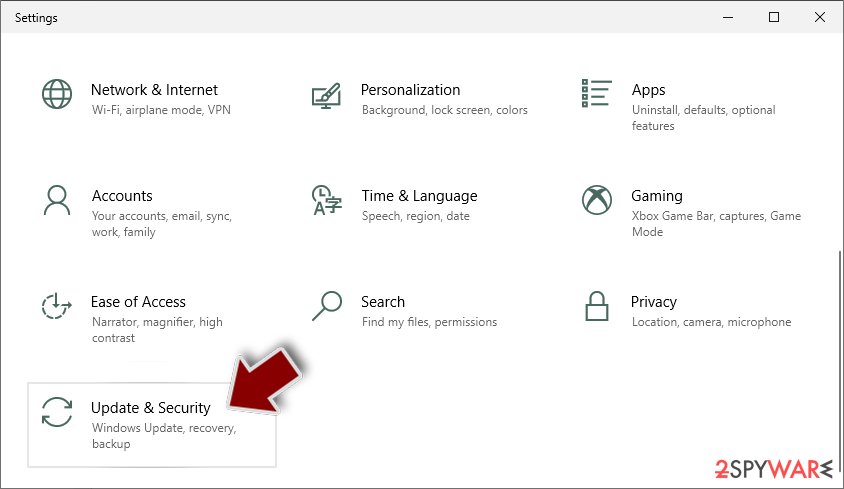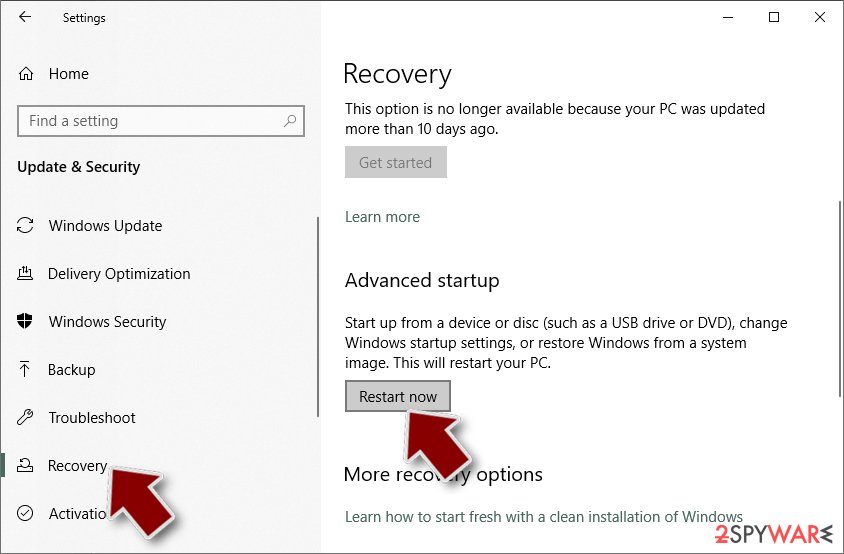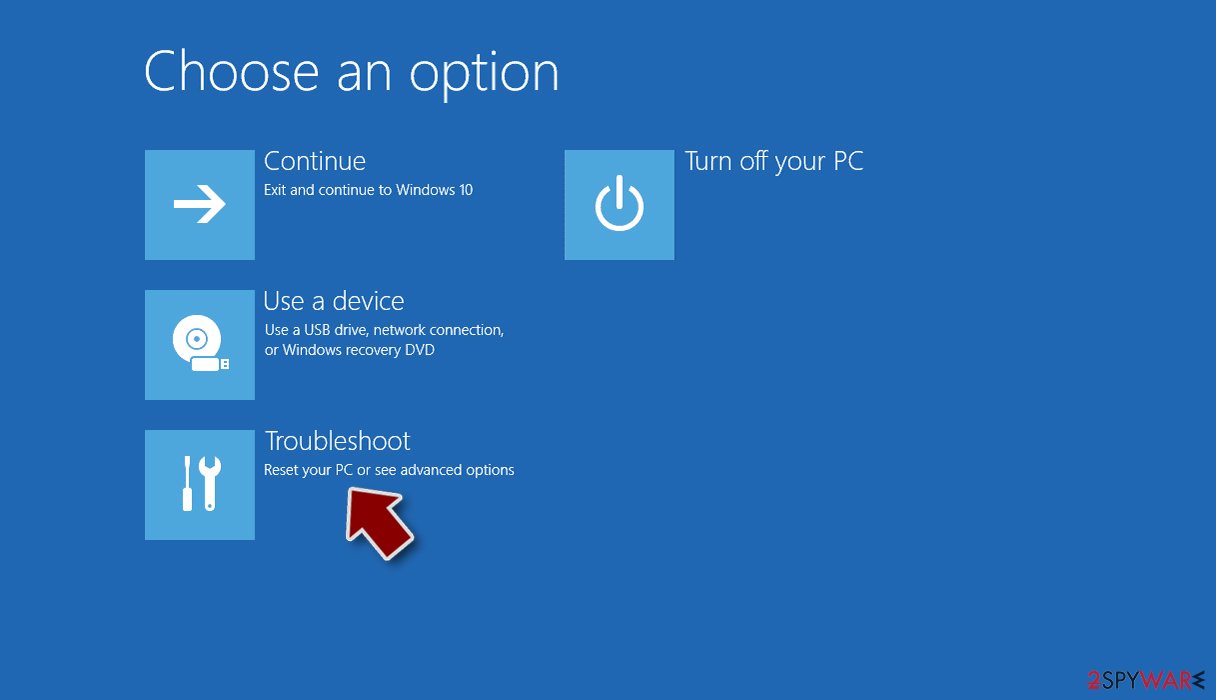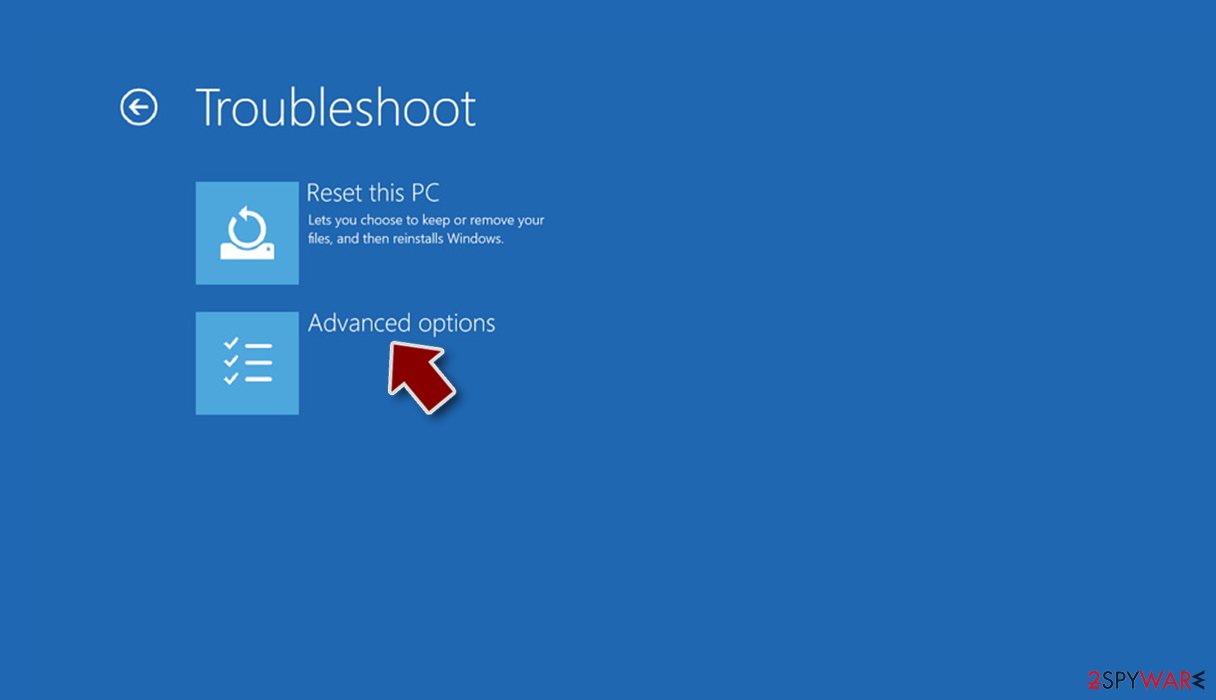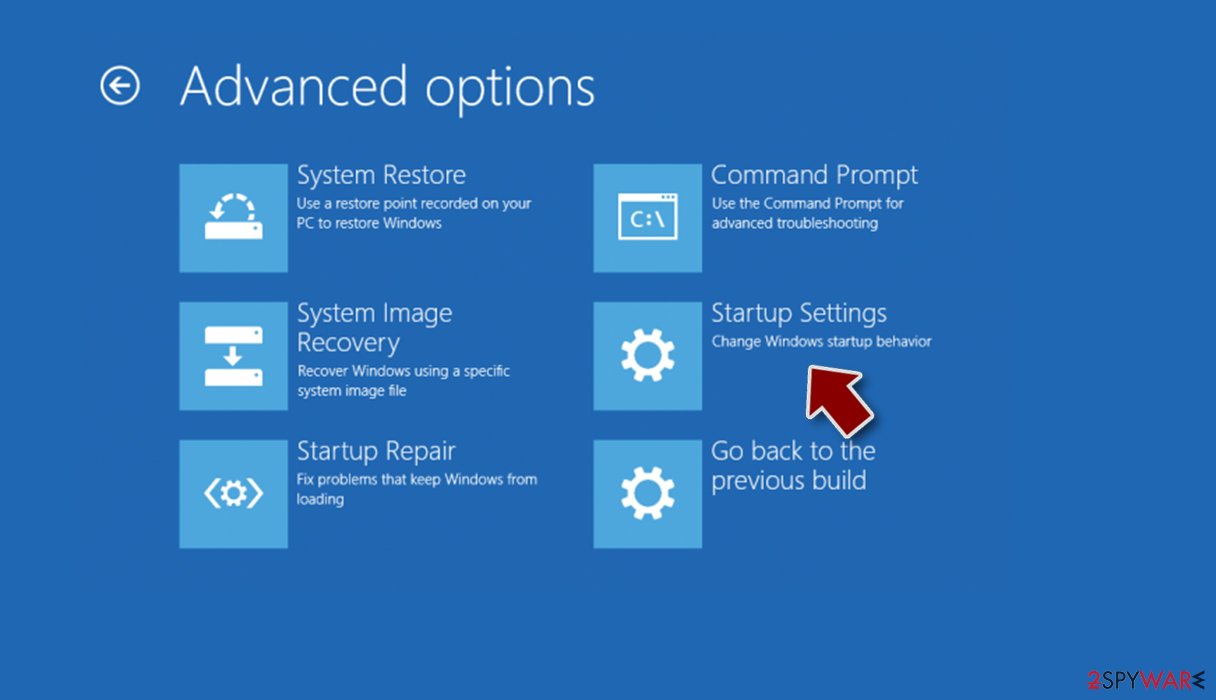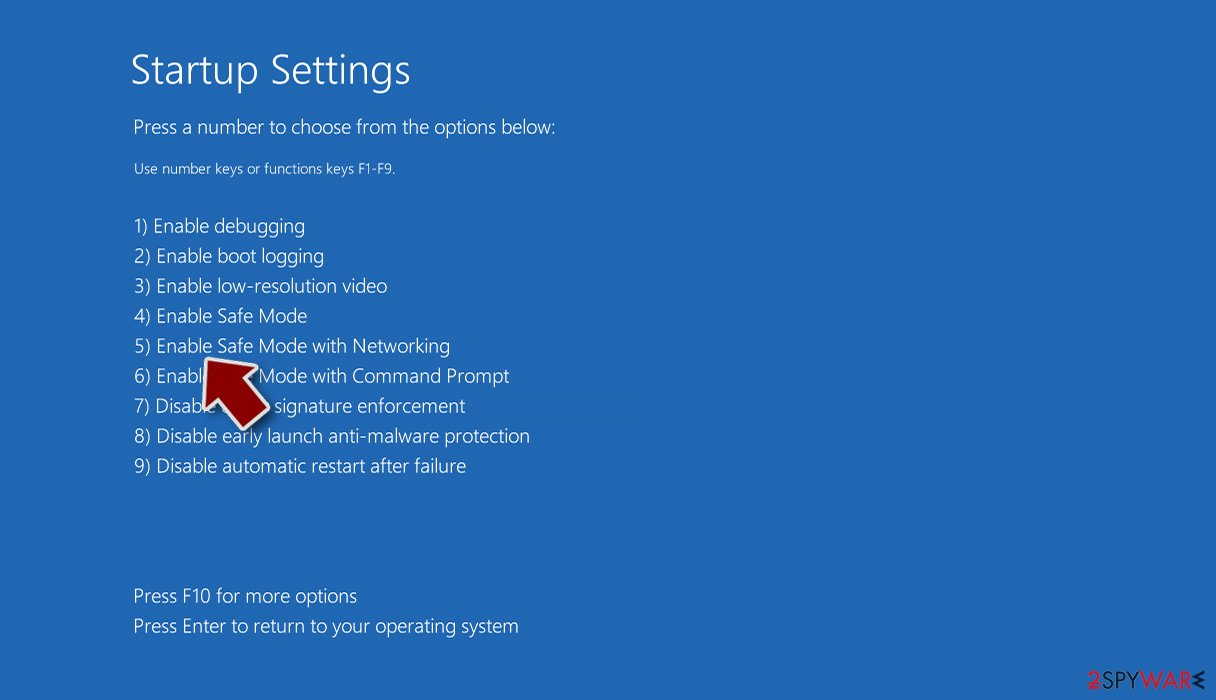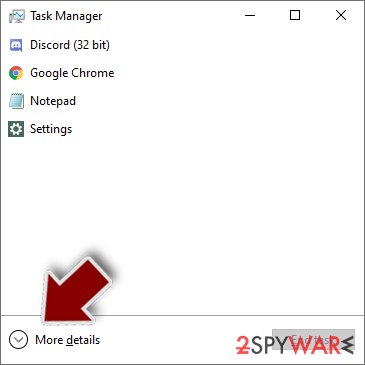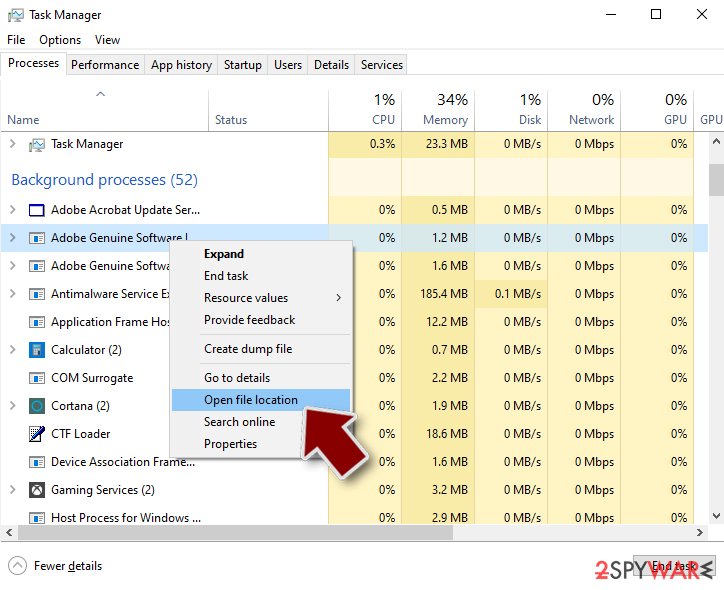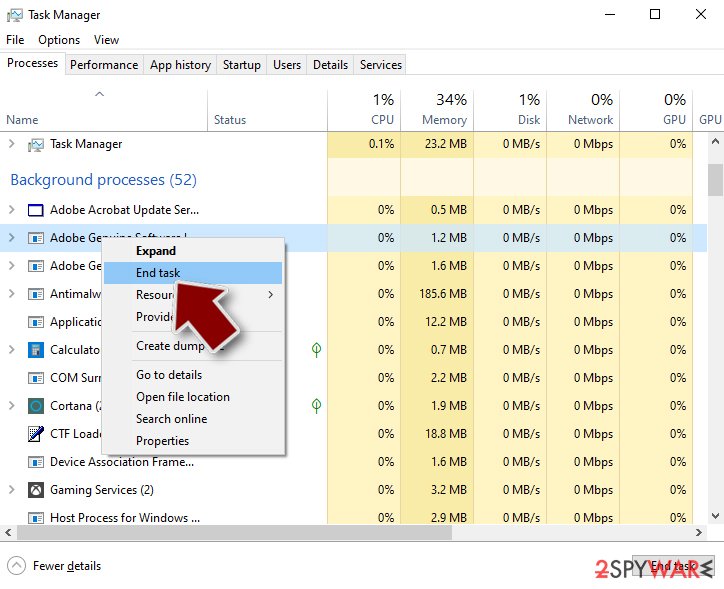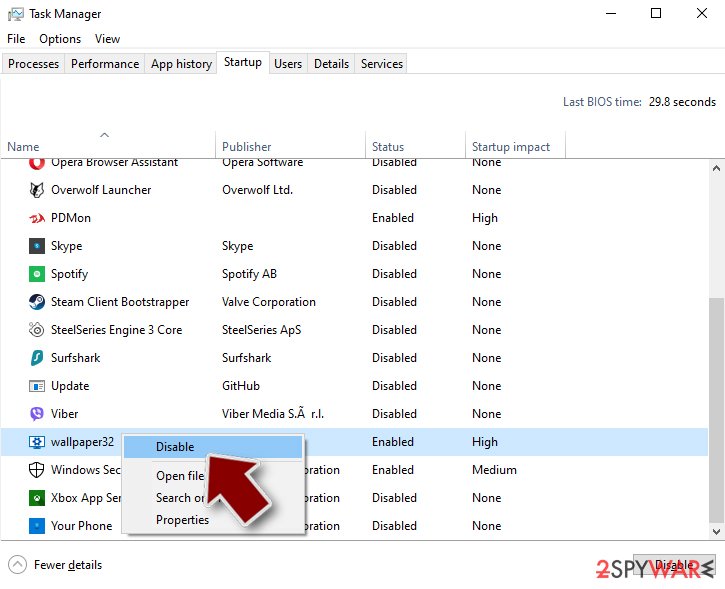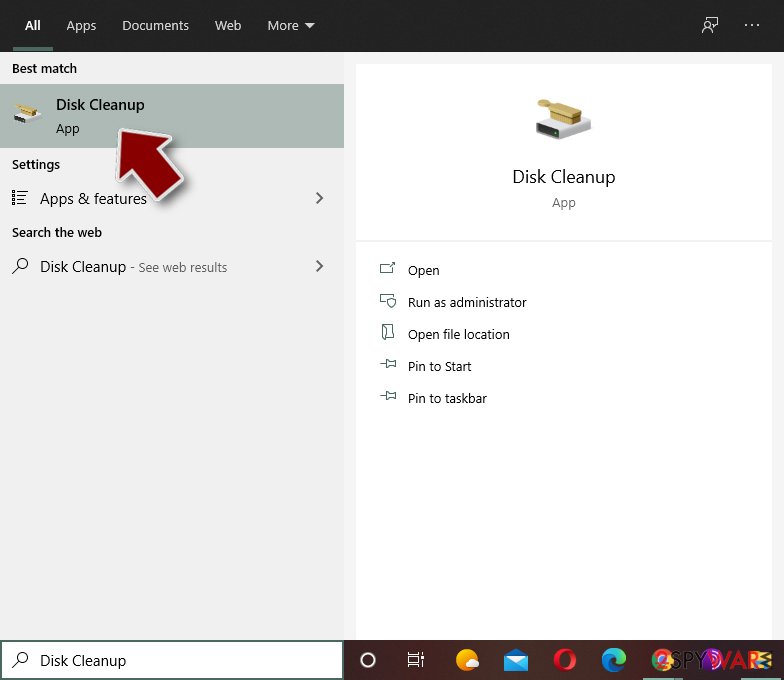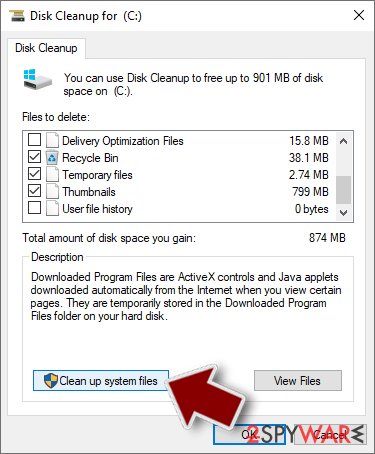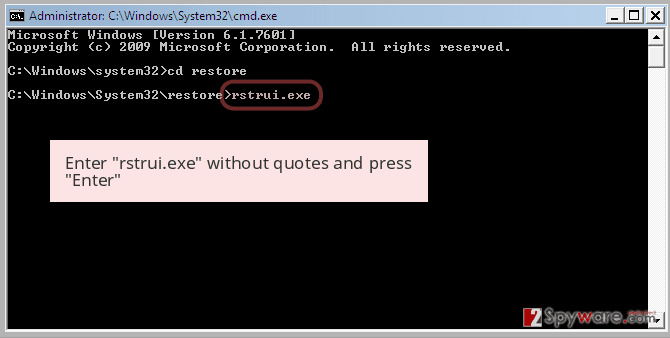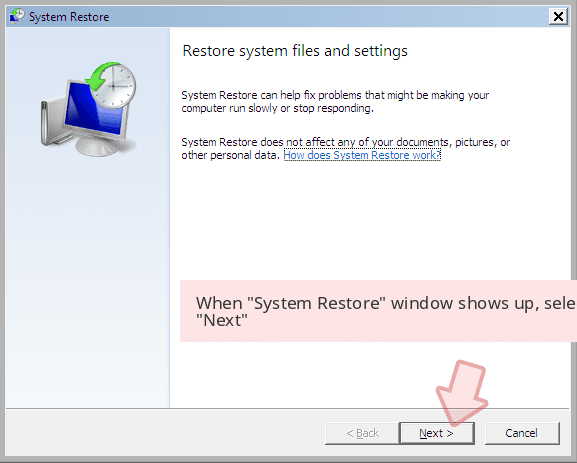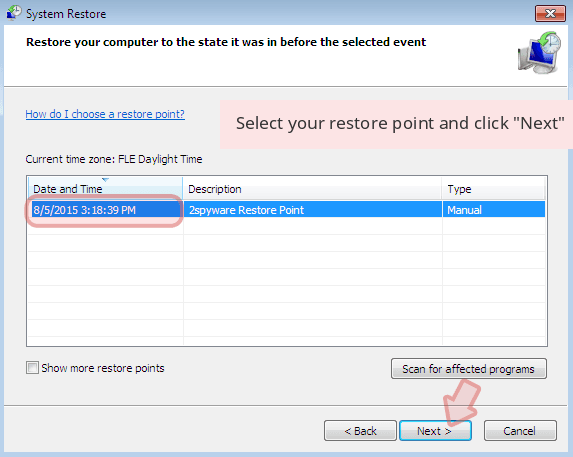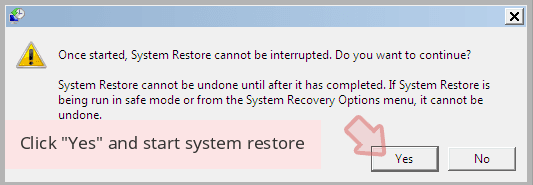Mlsuc (Removal Guide) - updated Aug 2018
Mlsuc Removal Guide
What is Mlsuc?
Mlsuc – dangerous malware capable of stealing sensitive information
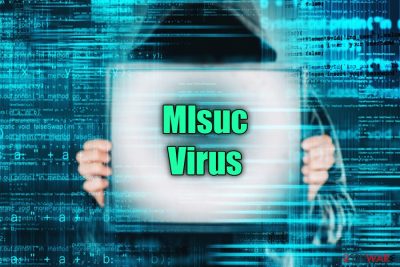
Mlsuc is a backdoor trojan[1] that provides attackers with unauthorized remote access to the compromised computer. The intruder can download and upload files, run applications, restart the computer, uninstall the backdoor, send out e-mail messages or certain notifications. Trojans are one of the most dangerous types of malware, as they are difficult to detect due to the lack of signs and symptoms. Additionally, Mlsuc virus infiltrates machines via mIRC (an internet relay chat for Windows) as soon as they enter the compromised channel. Furthermore, the malware can be obtained through unsafe websites, as a drive-by download or executed from a spam email attachment.
| SUMMARY | |
| Name | Mlsuc |
| Type | Backdoor trojan |
| Distribution | mIRC, spam emails, malicious websites |
| Symptoms | Rarely any, although users might notice software crashes, stop errors, slowdown of the computer, etc. |
| Main dangers | Malware infection, personal data leak |
| Elimination | Download and install FortectIntego or Malwarebytes |
Upon infiltration, Mlsuc virus performs several changes to system settings. It modifies Windows Registry[2] to gain persistence. It adds the following registry lines:
HKEY_LOCAL_MACHINE\SOFTWARE\Microsoft\Windows\CurrentVersion\Run\DrCache
HKEY_LOCAL_MACHINE\SOFTWARE\Microsoft\Windows\CurrentVersion\RunServices\DrCache
The modified settings allow Mlsuc to boot every time the operating system is launched. Unfortunately, to detect these changes users would have to enter the patch inside Registry Editor, and less computer-savvy individuals might have never encountered such a function before. Thus, using anti-malware tool to detect and remove Mlsuc virus is the best option. We recommend using FortectIntego, Malwarebytes or any other reputable software.
Speaking of detection, users may rarely experience Mlsuc infection symptoms. According to security experts from lesvirus.fr,[3] the virus might sometimes show these signs:
- Software crashes or freezes;
- Increased CPU usage;
- Stop errors (BSoD);
- Increased amount of advertisements;
- Overall computer slowdown.
Mlsuc trojan allows hackers to gain remote access to victims' machines and perform actions that can compromise users' virtual safety, jeopardize normal computer operation and even install other malware. Bad actors can take screenshots, turn on the video camera, send out or receive files, reboot the PC and execute files.
Mlsuc can redirect users to spoofed banking websites to make victims to enter their credentials. Hackers can then obtain this information and use for money stealing or identity fraud. The virus also prevents users from accessing security sites, such as firewall or anti-virus domains.
All in all, we suggest you remove Mlsuc virus from your computer ASAP. Although it is hard to detect, do not ignore the suspicious operation of your PC, and scan your computer in order to make sure that there is no malware involved.
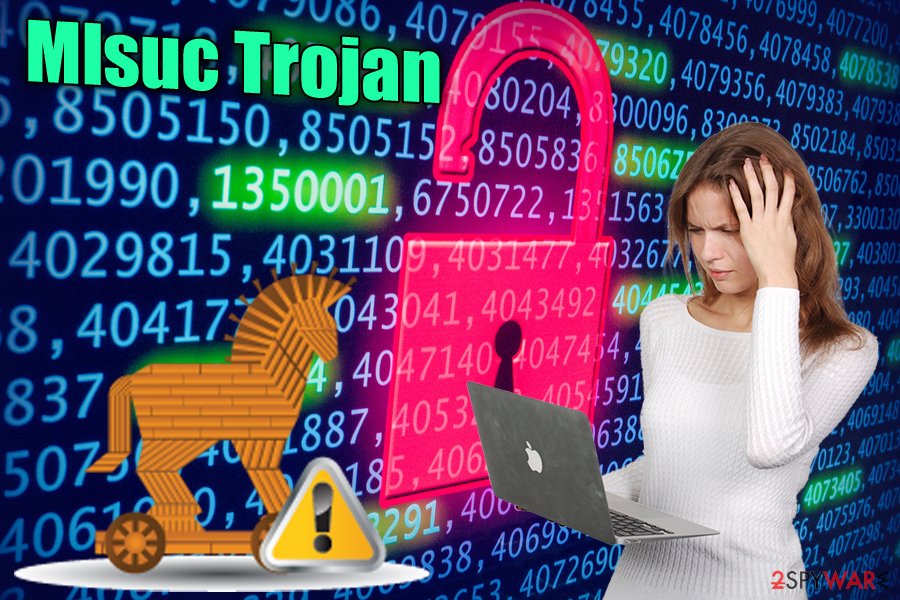
Do not enter questionable channels on mIRC
Chatting program mIRC is one of the most downloaded applications in the world and gained immense popularity before modern social networking apps came into play. To some degree, this application is still widely used. Therefore, if you still make use of mIRC, beware that joining unknown channels might result in malware infections. Thus, only visit the ones you trust.
You should also be very careful when you browse the internet. There are plenty of unsafe places on the internet, and hackers are inclined to use that to their advantage. For example, file-sharing sites (especially torrents) and infested with malicious executables that might be presented as cracked software. Additionally, cracks and keygens are often infected with malware. Furthermore, beware of fake updates and other malicious ads that could be set up by crooks just to make users to install viruses with one click.
Finally, spam emails can often include attachments that can execute trojans. The attached documents can be disguised as legitimate .doc, .html, .txt, .zip and other files. To make users open the malicious attachment, cybercrooks often use social engineering skills to compose quite convincing phishing emails.
Remove Mlsuc malware from your PC – use security software
As we already mentioned, Mlsuc removal might be complicated since users may not be aware of the virus infection. Especially those who do not have security software installed are vulnerable. Therefore, use general precautions and have an anti-virus program with real-time protection function installed at all times. We recommend using FortectIntego or Malwarebytes.
Do not try to remove Mlsuc virus manually as you will fail. Only the most computer-savvy individuals can perform that task, and it is a lengthy process overall. Besides, a trusted anti-malware software can prevent most of the infections from entering your device in the first place.
Getting rid of Mlsuc. Follow these steps
Manual removal using Safe Mode
If security software does not work properly in normal mode, access Safe Mode with Networking:
Important! →
Manual removal guide might be too complicated for regular computer users. It requires advanced IT knowledge to be performed correctly (if vital system files are removed or damaged, it might result in full Windows compromise), and it also might take hours to complete. Therefore, we highly advise using the automatic method provided above instead.
Step 1. Access Safe Mode with Networking
Manual malware removal should be best performed in the Safe Mode environment.
Windows 7 / Vista / XP
- Click Start > Shutdown > Restart > OK.
- When your computer becomes active, start pressing F8 button (if that does not work, try F2, F12, Del, etc. – it all depends on your motherboard model) multiple times until you see the Advanced Boot Options window.
- Select Safe Mode with Networking from the list.

Windows 10 / Windows 8
- Right-click on Start button and select Settings.

- Scroll down to pick Update & Security.

- On the left side of the window, pick Recovery.
- Now scroll down to find Advanced Startup section.
- Click Restart now.

- Select Troubleshoot.

- Go to Advanced options.

- Select Startup Settings.

- Press Restart.
- Now press 5 or click 5) Enable Safe Mode with Networking.

Step 2. Shut down suspicious processes
Windows Task Manager is a useful tool that shows all the processes running in the background. If malware is running a process, you need to shut it down:
- Press Ctrl + Shift + Esc on your keyboard to open Windows Task Manager.
- Click on More details.

- Scroll down to Background processes section, and look for anything suspicious.
- Right-click and select Open file location.

- Go back to the process, right-click and pick End Task.

- Delete the contents of the malicious folder.
Step 3. Check program Startup
- Press Ctrl + Shift + Esc on your keyboard to open Windows Task Manager.
- Go to Startup tab.
- Right-click on the suspicious program and pick Disable.

Step 4. Delete virus files
Malware-related files can be found in various places within your computer. Here are instructions that could help you find them:
- Type in Disk Cleanup in Windows search and press Enter.

- Select the drive you want to clean (C: is your main drive by default and is likely to be the one that has malicious files in).
- Scroll through the Files to delete list and select the following:
Temporary Internet Files
Downloads
Recycle Bin
Temporary files - Pick Clean up system files.

- You can also look for other malicious files hidden in the following folders (type these entries in Windows Search and press Enter):
%AppData%
%LocalAppData%
%ProgramData%
%WinDir%
After you are finished, reboot the PC in normal mode.
Remove Mlsuc using System Restore
You can use System Restore for complete Mlsuc elimination:
-
Step 1: Reboot your computer to Safe Mode with Command Prompt
Windows 7 / Vista / XP- Click Start → Shutdown → Restart → OK.
- When your computer becomes active, start pressing F8 multiple times until you see the Advanced Boot Options window.
-
Select Command Prompt from the list

Windows 10 / Windows 8- Press the Power button at the Windows login screen. Now press and hold Shift, which is on your keyboard, and click Restart..
- Now select Troubleshoot → Advanced options → Startup Settings and finally press Restart.
-
Once your computer becomes active, select Enable Safe Mode with Command Prompt in Startup Settings window.

-
Step 2: Restore your system files and settings
-
Once the Command Prompt window shows up, enter cd restore and click Enter.

-
Now type rstrui.exe and press Enter again..

-
When a new window shows up, click Next and select your restore point that is prior the infiltration of Mlsuc. After doing that, click Next.


-
Now click Yes to start system restore.

-
Once the Command Prompt window shows up, enter cd restore and click Enter.
Finally, you should always think about the protection of crypto-ransomwares. In order to protect your computer from Mlsuc and other ransomwares, use a reputable anti-spyware, such as FortectIntego, SpyHunter 5Combo Cleaner or Malwarebytes
How to prevent from getting trojans
Do not let government spy on you
The government has many issues in regards to tracking users' data and spying on citizens, so you should take this into consideration and learn more about shady information gathering practices. Avoid any unwanted government tracking or spying by going totally anonymous on the internet.
You can choose a different location when you go online and access any material you want without particular content restrictions. You can easily enjoy internet connection without any risks of being hacked by using Private Internet Access VPN.
Control the information that can be accessed by government any other unwanted party and surf online without being spied on. Even if you are not involved in illegal activities or trust your selection of services, platforms, be suspicious for your own security and take precautionary measures by using the VPN service.
Backup files for the later use, in case of the malware attack
Computer users can suffer from data losses due to cyber infections or their own faulty doings. Ransomware can encrypt and hold files hostage, while unforeseen power cuts might cause a loss of important documents. If you have proper up-to-date backups, you can easily recover after such an incident and get back to work. It is also equally important to update backups on a regular basis so that the newest information remains intact – you can set this process to be performed automatically.
When you have the previous version of every important document or project you can avoid frustration and breakdowns. It comes in handy when malware strikes out of nowhere. Use Data Recovery Pro for the data restoration process.
- ^ What is a Trojan?. Symantec. Security researchers.
- ^ Tim Fisher. What Is the Windows Registry?. Lifewire. Tech Untangled.
- ^ LesVirus. LesVirus. French cybersecurity team.
